Myths about teaching can hold you back
- Year 7
Food chains
I can identify producers and consumers and explain what is shown by a food chain diagram.
- Year 7
Food chains
I can identify producers and consumers and explain what is shown by a food chain diagram.
These resources were made for remote use during the pandemic, not classroom teaching.
Switch to our new teaching resources now - designed by teachers and leading subject experts, and tested in classrooms.
Lesson details
Key learning points
- Producers are organisms that can make their own food, including plants and some microorganisms.
- Consumers (e.g. humans and other animals) cannot make their own food; they get their food by eating other organisms.
- A food chain diagram shows the feeding relationships between populations of organisms.
- The arrows in a food chain diagram represent transfers of biomass.
- A change in the size of a population will affect other populations in the food chain.
Keywords
Producer - A producer is an organism that makes its own food.
Consumer - A consumer is an organism that eats other organisms for food.
Food chain - A food chain diagram shows how food is transferred from one population of organisms to another.
Population - A group of organisms of the same type in the same place is called a population.
Model - Scientists use models as simpler representations of complex things and ideas.
Common misconception
Arrows mean "eats" in a food chain diagram. Each level is an individual organism.
This lesson explores the meaning of the arrows, and the idea that each level of a food chain diagram is a population of organisms.
To help you plan your year 7 science lesson on: Food chains, download all teaching resources for free and adapt to suit your pupils' needs...
To help you plan your year 7 science lesson on: Food chains, download all teaching resources for free and adapt to suit your pupils' needs.
The starter quiz will activate and check your pupils' prior knowledge, with versions available both with and without answers in PDF format.
We use learning cycles to break down learning into key concepts or ideas linked to the learning outcome. Each learning cycle features explanations with checks for understanding and practice tasks with feedback. All of this is found in our slide decks, ready for you to download and edit. The practice tasks are also available as printable worksheets and some lessons have additional materials with extra material you might need for teaching the lesson.
The assessment exit quiz will test your pupils' understanding of the key learning points.
Our video is a tool for planning, showing how other teachers might teach the lesson, offering helpful tips, modelled explanations and inspiration for your own delivery in the classroom. Plus, you can set it as homework or revision for pupils and keep their learning on track by sharing an online pupil version of this lesson.
Explore more key stage 3 science lessons from the Ecosystems unit, dive into the full secondary science curriculum, or learn more about lesson planning.

Equipment
Licence
Prior knowledge starter quiz
6 Questions
Q1.Which of the following statements describe what an organism is?
Q2.Which word describes an organism that eats other organisms as food?
Q3.Which of the following are producers?
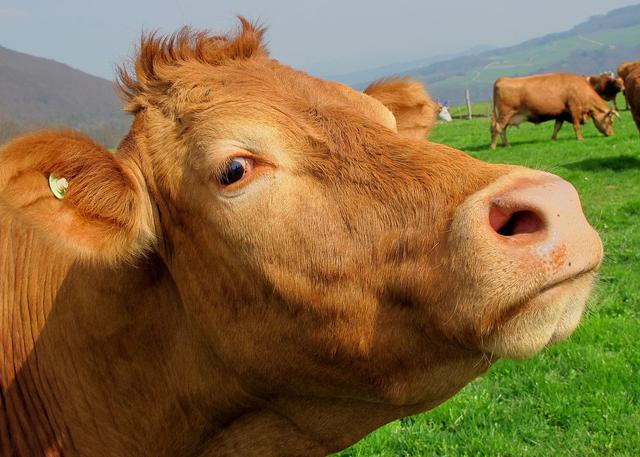
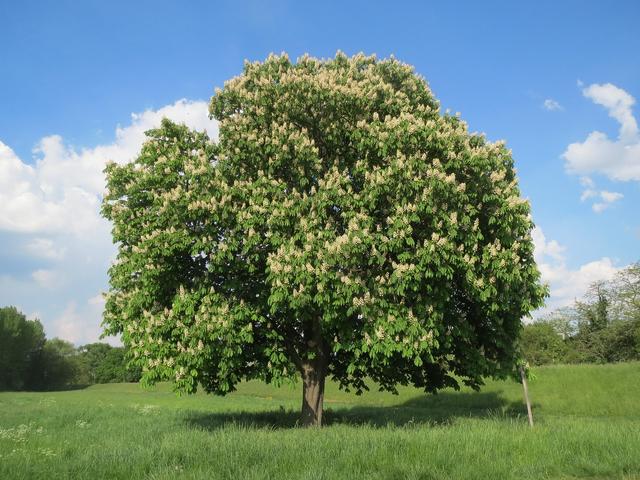
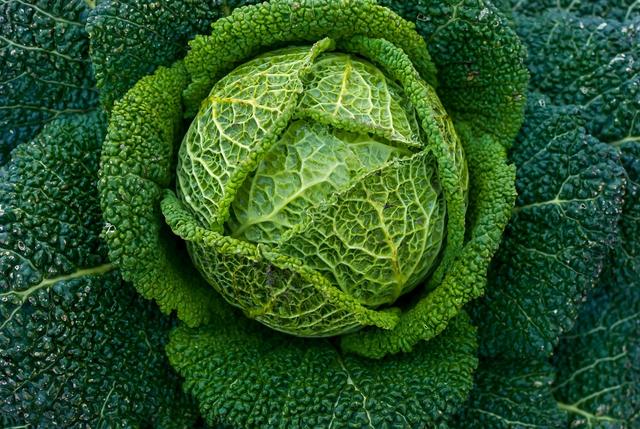
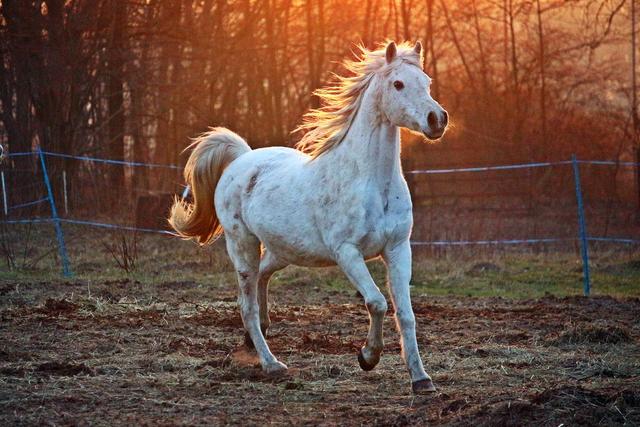
Q4.All animals are because they have to eat other living things.
Q5.Which of the following are pictures of consumers?
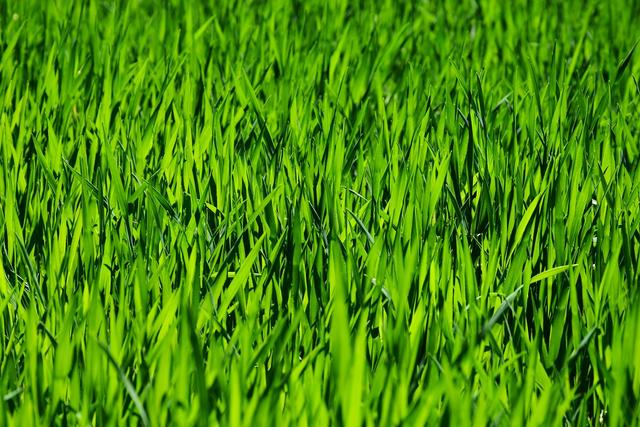
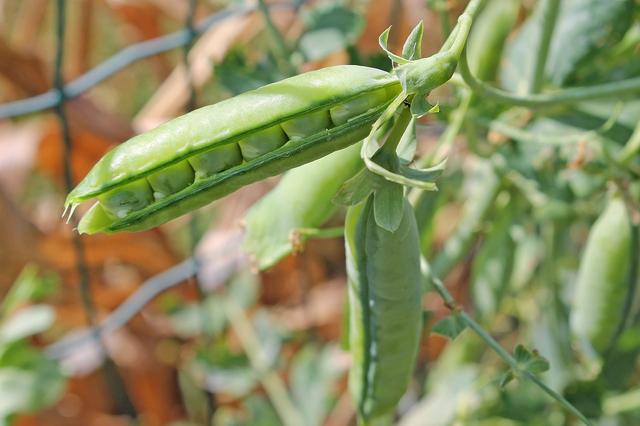
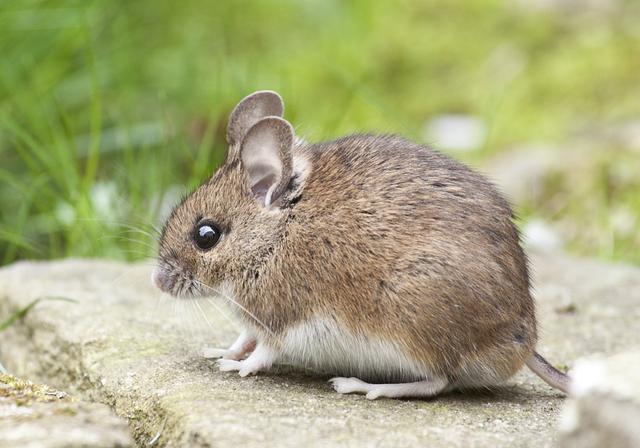
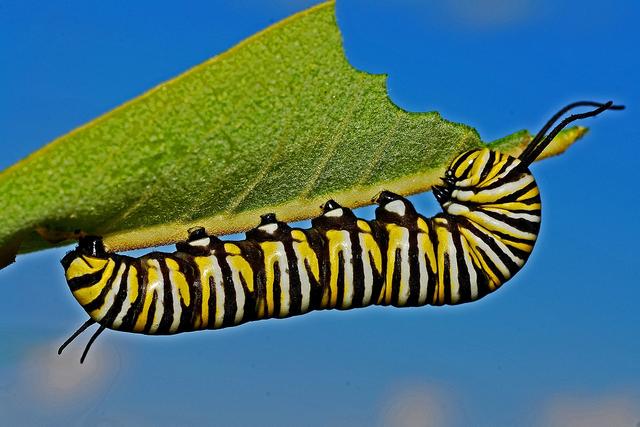
Q6.Look at the diagram of a food chain. Match each organism to the word that best describes it.

producer
consumer
consumer
Assessment exit quiz
6 Questions
Q1.Which word correctly describes the cabbage in the diagram of a food chain?

Q2.The diagram of a food chain shows how energy (food) is passed from one organism to another. Match the organisms with the word that best describes them.

producer
primary consumer
secondary consumer
Q3.Match the following words to their correct definition.
a diagram that shows what an organism eats.
an organism that eats other organisms to get food.
an organism that makes its own food.
a group of organisms of the same type in the same area
Q4.Which of the following are examples of populations?
Q5.Look at the pictures of different organisms. Put the organisms into the order that they would be written in a food chain.
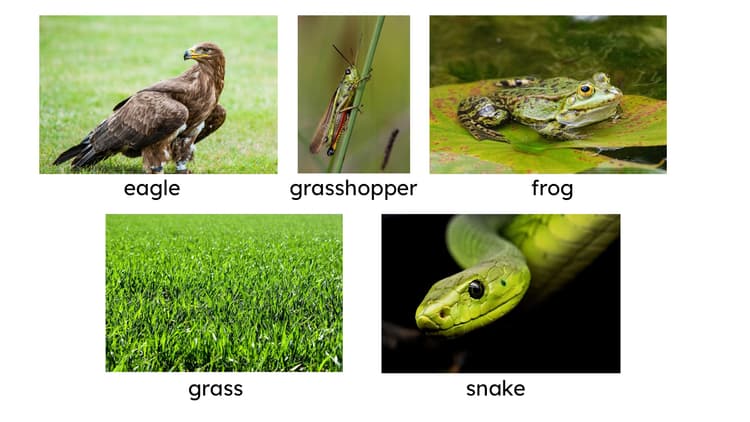
Q6.The picture shows a food chain. If the number of foxes decrease, the population of hedgehogs will...



